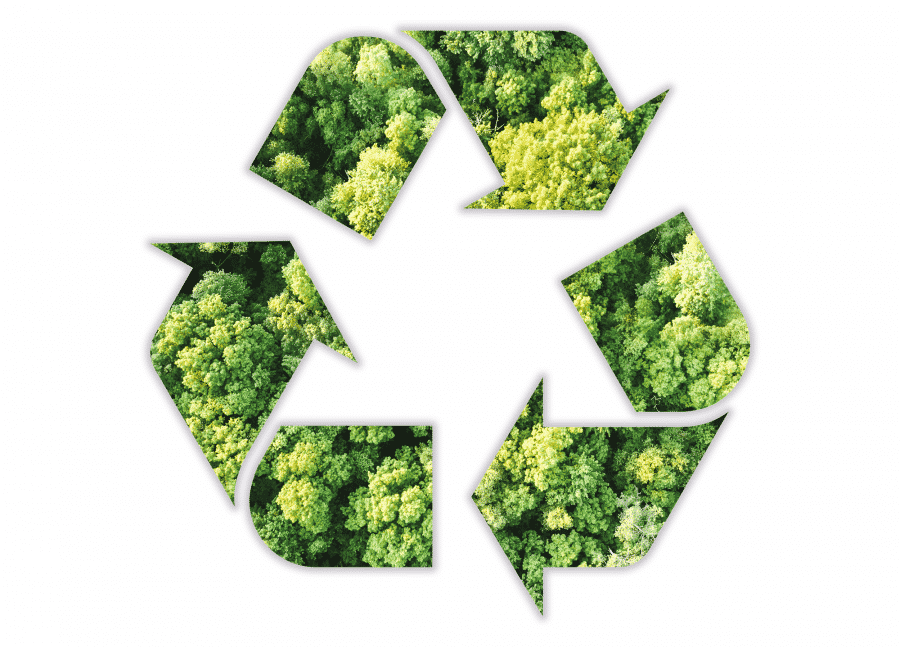Eco-Friendly Horse Yard Tips
As horse owners, it’s vital that we work towards a more environmentally-friendly existence. Although you may think there’s little we can do to reduce our…

As horse owners, it’s vital that we work towards a more environmentally-friendly existence. Although you may think there’s little we can do to reduce our carbon footprint it’s simply not the case; there are an increasing number of eco-friendly horse products on the market.
Land use
Many horse owners are fortunate enough to own land. How you choose to manage your land can have a big effect on the environment, both locally and at a greater scale. By planting trees you can create a carbon trap, whereas planting a meadow creates a great environment for insects. This is one of the best methods of helping the environment and doesn’t require you to turn over your farm to woodland – you can start by leaving an untrimmed 2m-wide grass border around your field(s).
Eco clothing, tack, and horse care
There are several companies that produce equestrian specific clothing and tack from an environmentally-friendly perspective. EcoRider produce bridles and reins but only use natural vegetable tanning which isn’t harmful to the environment. Aside from their environmental aim, EcoRider products are ethically sourced.
Fly sprays are often made up of harmful chemicals such as N,N-Diethyl-meta-toluamide (DEET) and permethrin, however, natural alternatives from retailers such as EcoGreen Equestrian are great alternatives if you’re looking to reduce your impact on the environment.
Environmentally-friendly horse bedding
Bedding is often overlooked. Where possible bedding should always be from a sustainable source and should have accrued the lowest number of travel miles possible – consider this when instantly jumping for the £0.50 cheaper option!
Based in Scotland Sorbeo offer a ‘100% carbon neutral’ horse bedding that uses wood grown within a 60-mile radius of their factory on the edge of Dumfries. Furthermore, the machinery at their factory runs exclusively off of biomass pellets produced at the plant. For every tree used in the process, another is planted.
Water
The average horse drinks between 20 and 45 litres of water each day – that’s a lot of water, and doesn’t even account for washing off, etc. We’re all aware that drinking water is a precious resource, so it’s important that we capture and reuse water wherever possible.
Water can be captured from guttering and stored in butts (an IBC tank works well). Although captured and stored water isn’t necessarily safe for your horse to drink it’s great for washing off boots and cleaning up around the yard – just be sure that you don’t store more water than you can use in a relatively short period of time, as the water will become stagnant.
Electricity
Electricity is typically derived from fossil fuels and represents a big contributor to global warming. Whether it’s driving the horse walker, powering lighting, or running clippers electricity is a necessity at all modern horse yards. Consumption can be reduced by switching off lights that aren’t being used, and by using more energy-efficient bulbs where possible.
Perhaps the biggest impact that you can have is to install a source of renewable energy. Although expensive, this should be seen as an investment as you will continue generating electricity after you have paid off the cost of installation. There are several methods of generating renewable energy on-site, including solar panels, wind turbines, and even small hydro-power plants. The best way to assess what would be effective at your yard is to ask a local specialist to carry out an assessment.
It’s important to consider that depending on the approach you take electricity production is largely weather dependent. One way around this is to install a battery that stores excess energy for use at a later date, however, this adds extra cost to an installation (see the Tesla Powerwall).
If you have any other tips for equestrians looking to reduce their carbon footprint then leave a comment below.
One Reply to “Eco-Friendly Horse Yard Tips”